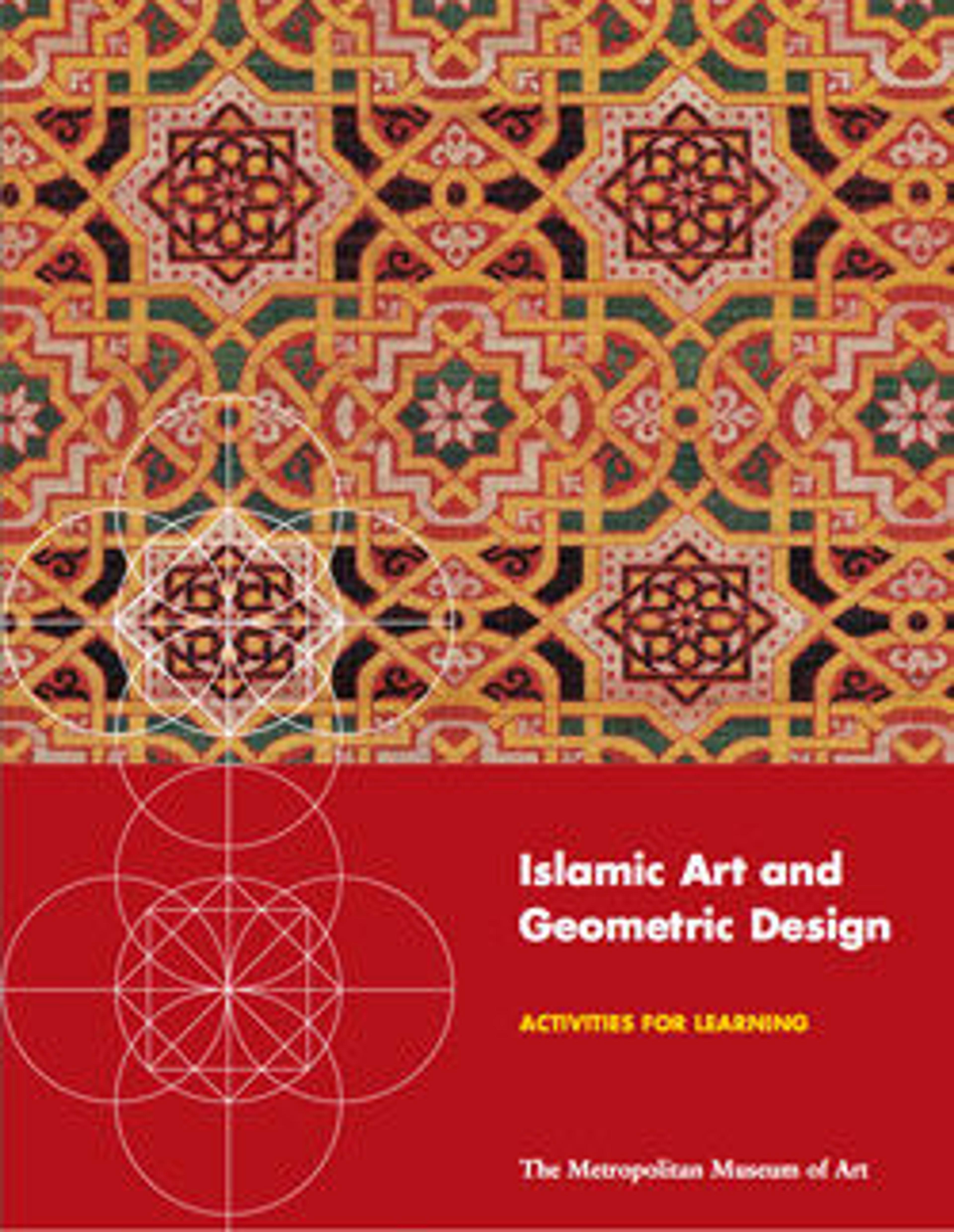Fragment of a Frieze
Found in the area around the Tepe Madrasa mosque in Nishapur, this terracotta panel features an octagonal pattern with a star at its center. Remains of pigment on the surface suggest that the background was colored with red and blue, while the geometric shapes in the foreground were shaded in white. Terracotta, usually in the form of bricks, was used as a decorative material throughout Iran before being replaced by glazed tiles. At Nishapur, many fragments of large panels of terracotta carved with different types of designs provide evidence of yet another form of architectural decoration.
Artwork Details
- Title: Fragment of a Frieze
- Date: 11th century
- Geography: Excavated in Iran, Nishapur
- Medium: Terracotta; carved, painted
- Dimensions: H. 18 3/4 in (47.6 cm)
W. 34 in. (86.4 cm)
D. 3 in (7.6 cm)
Wt. 91 lbs. (41.3 kg) - Classification: Ceramics
- Credit Line: Rogers Fund, 1939
- Object Number: 39.40.67
- Curatorial Department: Islamic Art
More Artwork
Research Resources
The Met provides unparalleled resources for research and welcomes an international community of students and scholars. The Met's Open Access API is where creators and researchers can connect to the The Met collection. Open Access data and public domain images are available for unrestricted commercial and noncommercial use without permission or fee.
To request images under copyright and other restrictions, please use this Image Request form.
Feedback
We continue to research and examine historical and cultural context for objects in The Met collection. If you have comments or questions about this object record, please contact us using the form below. The Museum looks forward to receiving your comments.
